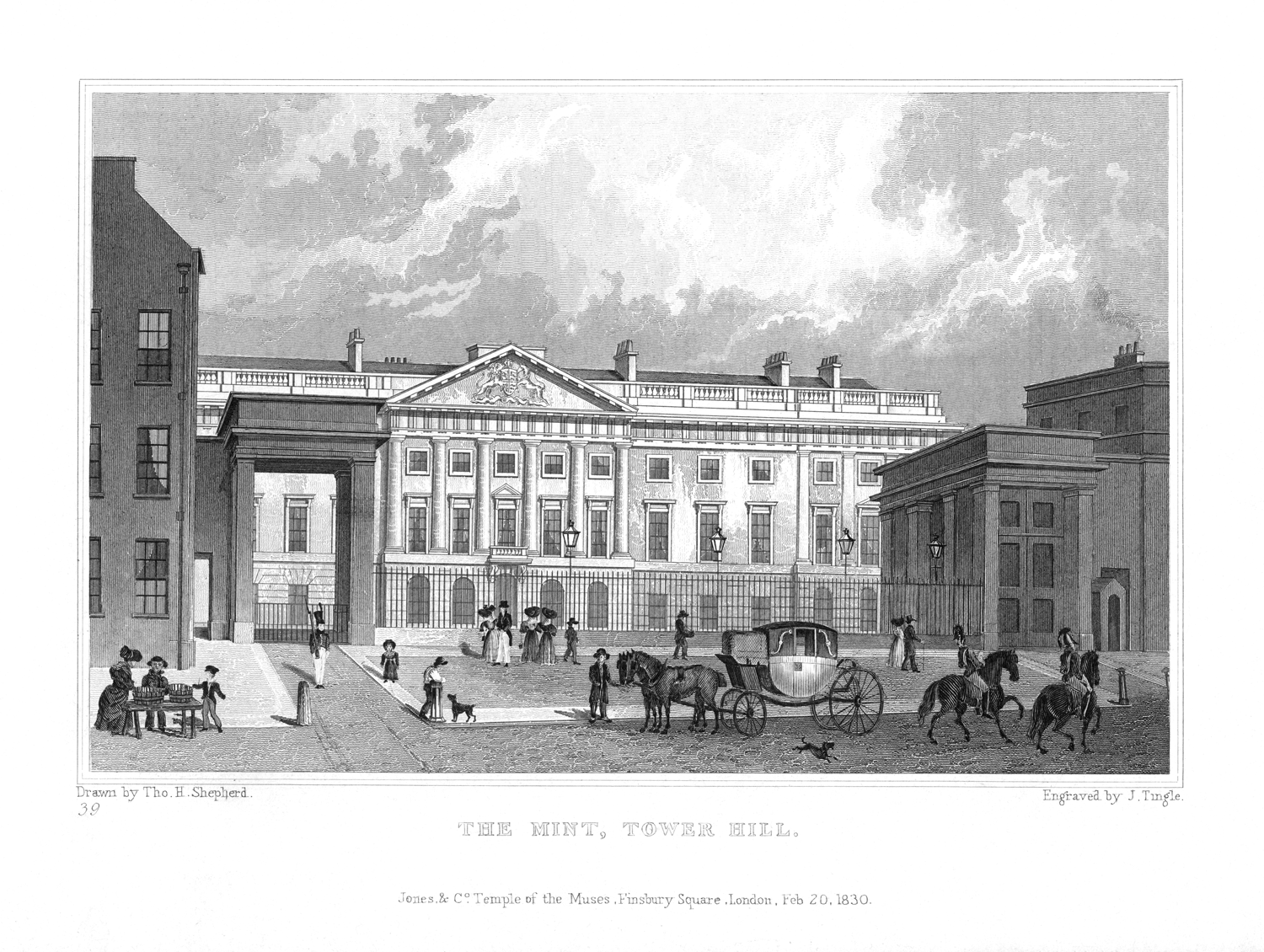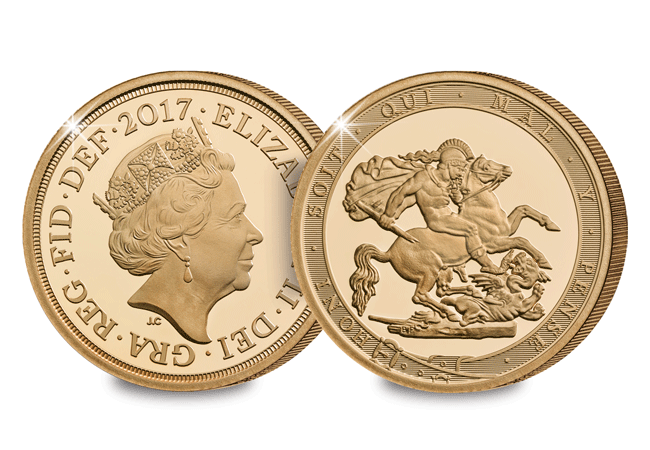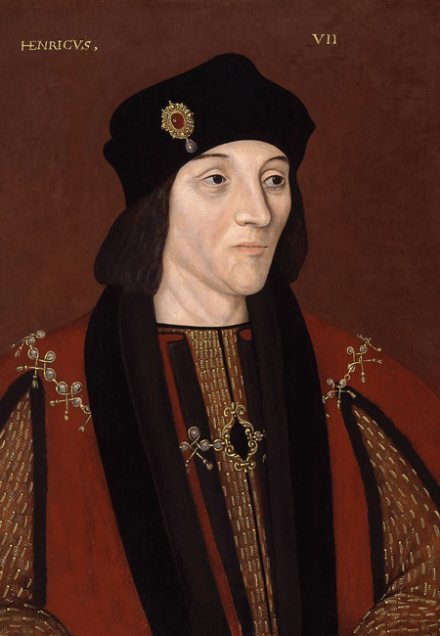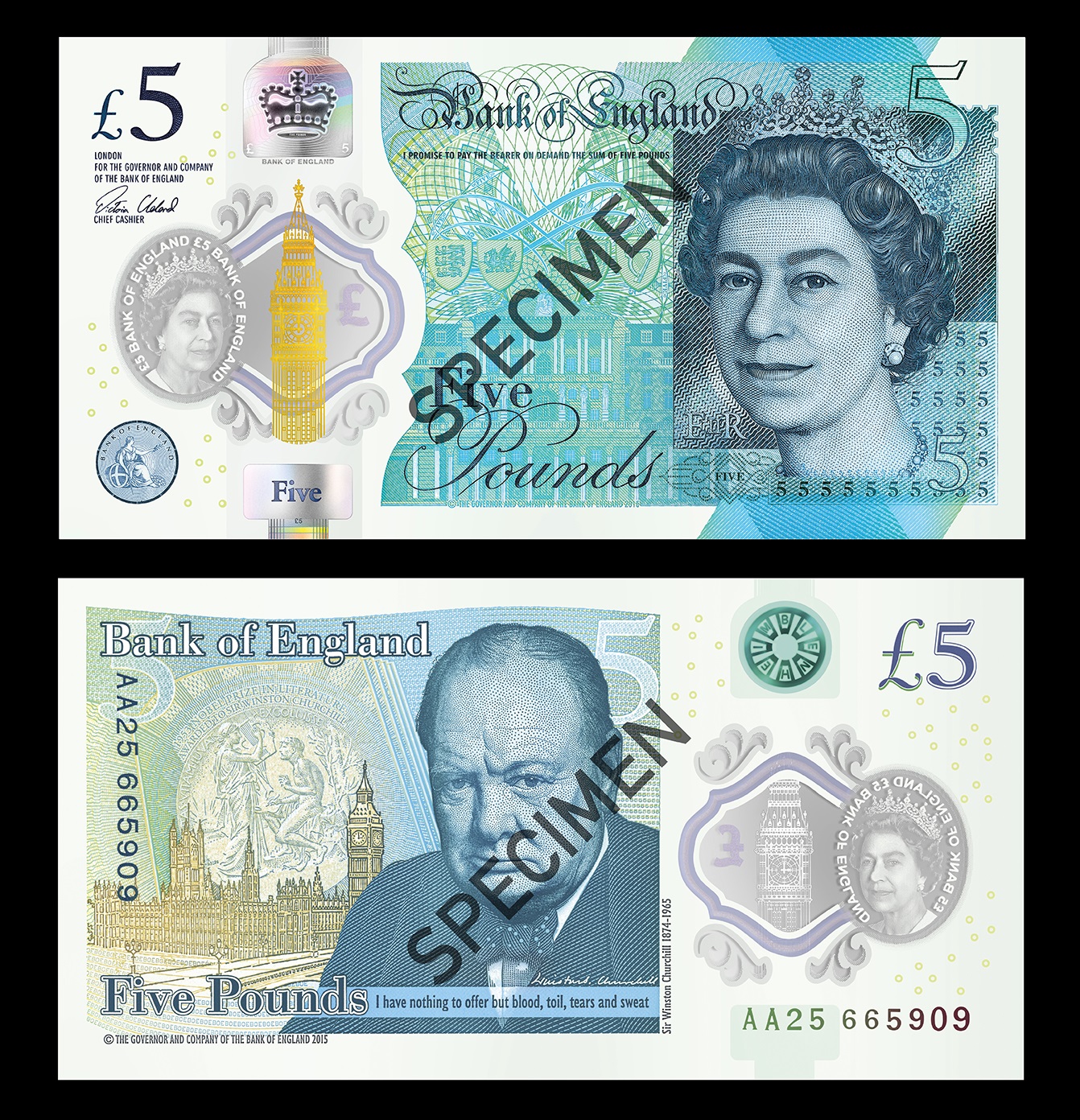Information
200 years of the Sovereign. Part II: The Great Recoinage…
In my last blog post, I explored the roots of the Gold Sovereign from its very beginning in 1489, before it was forgotten for over 200 years, until 1816, when something momentous happened in the history of British coinage. Let me explain.
In the early 19th century, the effects of the French Revolutionary Wars and the Napoleonic Wars led to severe financial instability in Great Britain. A number of bad harvests pushed food prices up and limited silver and copper supplies resulted in a coin shortage.
The Great Recoinage
The need to stabilise the currency became crucial and The Great Recoinage was the first step in this process.
The aim was to re-introduce silver coinage and the decision was also made to change the country’s gold coinage to replace the Guinea, Britain’s major coin of the 18th century.
And so the ‘modern’ Gold Sovereign was born.
Struck in the same 22 carat gold as the gold Guinea and 20/21 of its weight with a £1 denomination, it was decided to return back to Henry VII’s era for its name.
The new Sovereign was a decided contrast to its medieval predecessor. It was half the weight and just over half the diameter of the 1489 version. But the Sovereign had not been heard of for more than 200 years and was not widely known at the time.
So it was up to the Master of the Mint to change this…
A new era for coin production
William Wellesley Pole was tasked to reintroduce the Sovereign and bring the ancient institution of The Royal Mint into the age of Industrial Revolution.
Pole decided to move The Royal Mint from its cramped traditional home in the Tower of London to nearby Tower Hill in a purpose built facility, which featured brand new steam powered coin presses.
This was a revolutionary move for the Mint.
And with the new facility in place, Pole turned to his protégé, Benedetto Pistrucci to design the new flagship gold coin.
And he created something truly timeless…
Find out about Benedetto Pistrucci’s design in Part III of my 200 years of the Sovereign Blog Series – Click here to read it.
Announcing the new UK Bicentenary Gold Proof Sovereign
To mark the Bicentenary of the “modern” Gold Sovereign in 2017, The Royal Mint have just released a brand new Gold Proof Sovereign reprising Benedetto Pistrucci’s original engraving from 1817.
With a low edition limit of just 10,500 worldwide, a special one-year-only design change and a fine proof finish, the 2017 Bicentenary Gold Sovereign has all the elements to be one of the most collectable British gold coins of the 21st century. And now you can own one.
Click here to secure yours today >>
Introducing 200 years of the Sovereign. Part I: Back to the very beginning…
2017 marks the Bicentenary of the Modern Sovereign. Reinstated as part of the 1816 Great Recoinage to replace the Guinea, the ‘modern’ Gold Sovereign has epitomised British quality across the world for the last 200 years.
But there is much more to discover about the Gold Sovereign. And now, in the lead up to its special anniversary, we explore its story in a six part series of posts about its 200 years of fascinating history, telling the tale of the King of Coins from its very beginning in 1489 to now.
First, back to the very beginning…
The history of the Sovereign dates back as far as 1489, when King Henry VII instructed The Royal Mint to strike a new gold coin.
The new coin weighed twice as much as the existing Ryal and it was the first coin to be issued with a value of one pound sterling. It was struck in almost pure gold using the standard gold coinage alloy of 23 carat.
A Design with International Power
The coin was fittingly called the Sovereign, which was also the name of his warship that had been built the year before. Its design was inspired by a coin issued in the Netherlands by Emperor Maximilian in 1487 and featured King Henry on his throne, with orb and sceptre in his hands radiating the power of the monarchy.
The Latin inscription on the coin read ‘Henry, by the Grace of God, King of England and France, Lord of Ireland’, which sent a message to Europe that England was a nation to be reckoned with. The reverse design featured a shield bearing the Royal Arms on a large Tudor Rose.
The Sovereign became the flagship coin of the Tudor reign and was struck in turn by each Tudor monarch and is still considered the flagship coin of the Royal Mint today.
The Forgotten Years
However, the production of the Sovereign stopped when King James I inherited the throne and introduced a new pound coin, the Unite (named to mark his desire to unite England and Scotland).
And the Sovereign was forgotten for nearly 213 years, until 1816, when something momentous in the history of British coinage was to happen…
Find out what happened in Part II of our 200 years of the Sovereign Blog Series – click here to read it >>
Announcing the new UK Bicentenary Gold Proof Sovereign
To mark the Bicentenary of the “modern” Gold Sovereign in 2017, The Royal Mint have just released a brand new Gold Proof Sovereign reprising Benedetto Pistrucci’s original engraving from 1817.
With a low edition limit of just 10,500 worldwide, a special one-year-only design change and a fine proof finish, the 2017 Bicentenary Gold Sovereign has all the elements to be one of the most collectable British gold coins of the 21st century. And now you can own one.
Click here to secure yours today >>
Precious paper – the first and last £5 paper banknote…
Later this year, a brand new banknote will enter circulation, but this banknote will be unlike any other seen before…
It wasn’t until 1793 that the first five pound note came into existence. The £5 denomination, known as the ‘white fiver’ lasted with relatively few changes until 1956 when it was last issued and replaced a year later with a new blue five pound note.
The banknote was changed primarily to combat forgery following ‘Operation Bernhard‘ – a huge German war effort which took place during the Second World War and saw around 9 million fake notes printed.
Of course, there have been numerous changes to the £5 banknote since then, from different designs, sizes, colourings and security features.
In 1970 a new series of notes were designed, each featuring an historical figure on the back. Portraits and highly detailed machine engraving blended into historical scenes making the new notes more difficult to copy.

The 1971 £5 Banknote. Designed by Harry Eccelston OBE, the Bank of England’s first full time Artist-Designer.
But perhaps the biggest change of all is yet to come…
On 13th September 2016 a brand new banknote will enter circulation featuring the portrait of much-loved Prime Minster, Sir Winston Churchill . However, this new fiver is unlike any we have ever seen before – it’s printed on polymer.
Polymer notes are made from a flexible plastic, which is resistant to dirt and moisture, which means they will last longer and are better for the environment.The new note has a number of security features including a see-through window and foil Elizabeth Tower – which is gold on the front and silver on the back. It also features multiple holograms and micro-lettering under the Queen’s portrait – which can only be viewed under a microscope.
You have until May 2017 to spend your current £5 notes, after that they will cease to be legal tender – but will still be exchangeable at the Bank of England.
What do you think about the new era of plastic banknotes? Let us know in the comments below.
 You can own Britain’s most famous banknote… in silver!
You can own Britain’s most famous banknote… in silver!
In a remarkable feat of craftmanship the White Fiver banknote has been re-isued in fine silver – and you can add one to your collection today.








